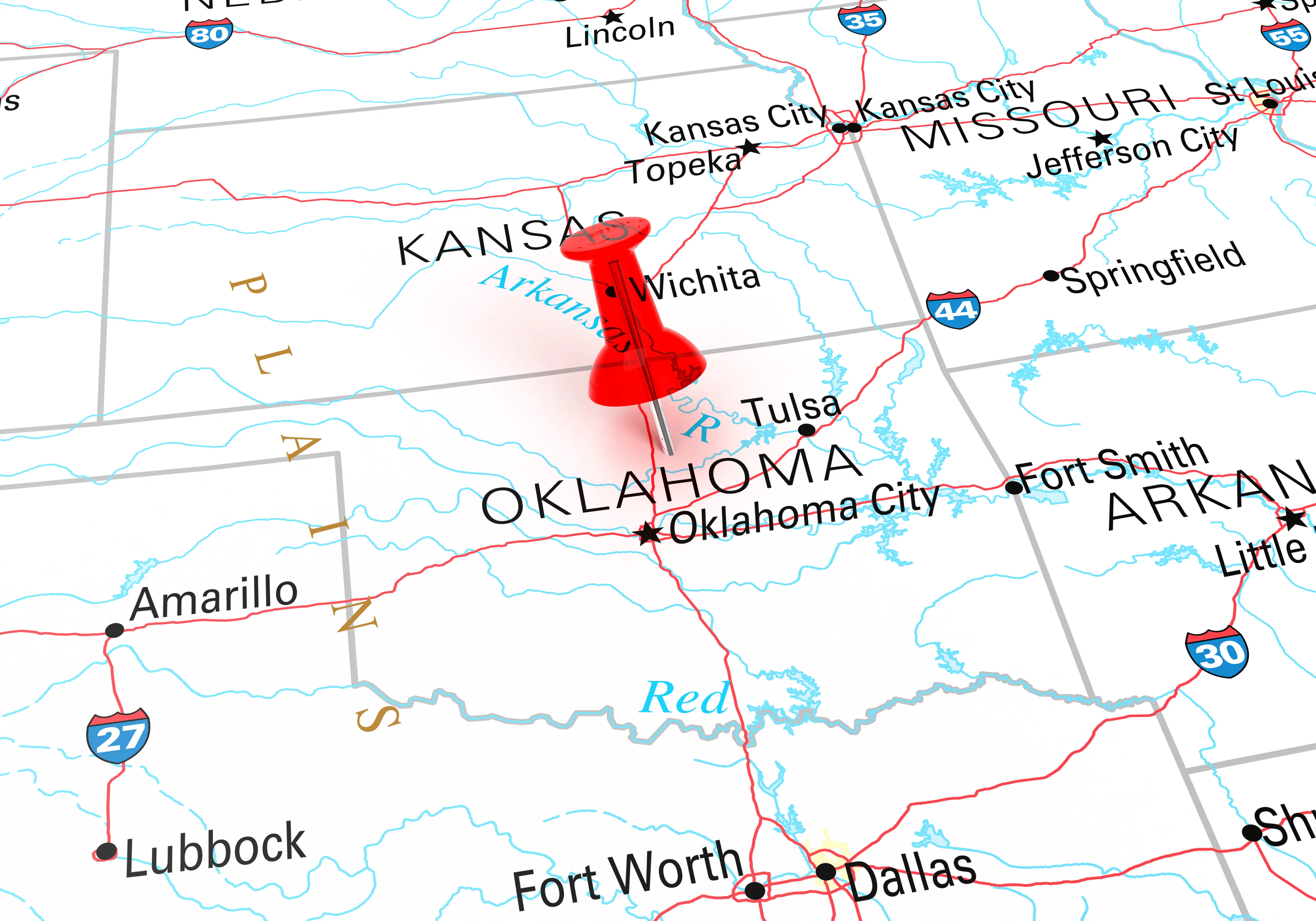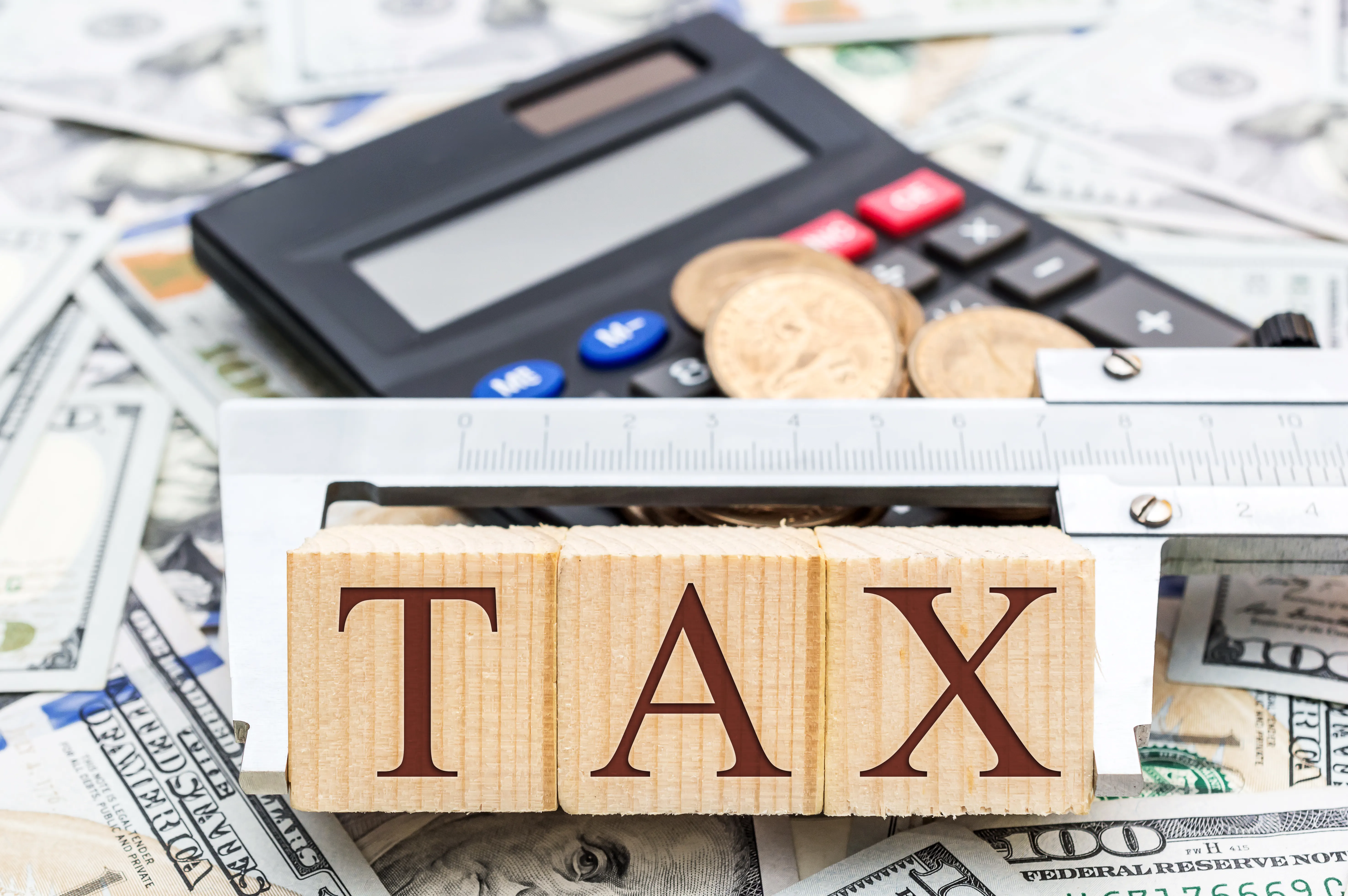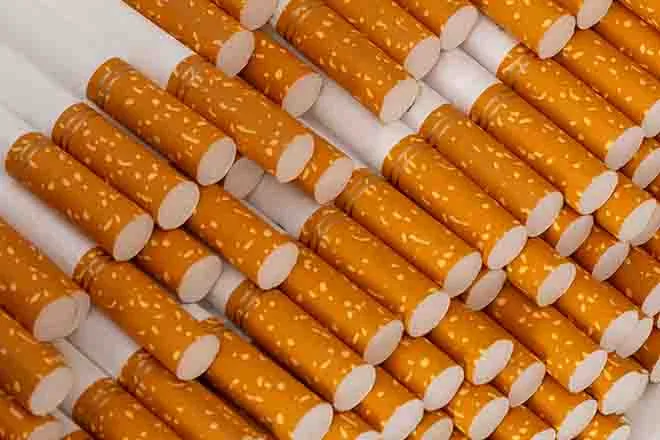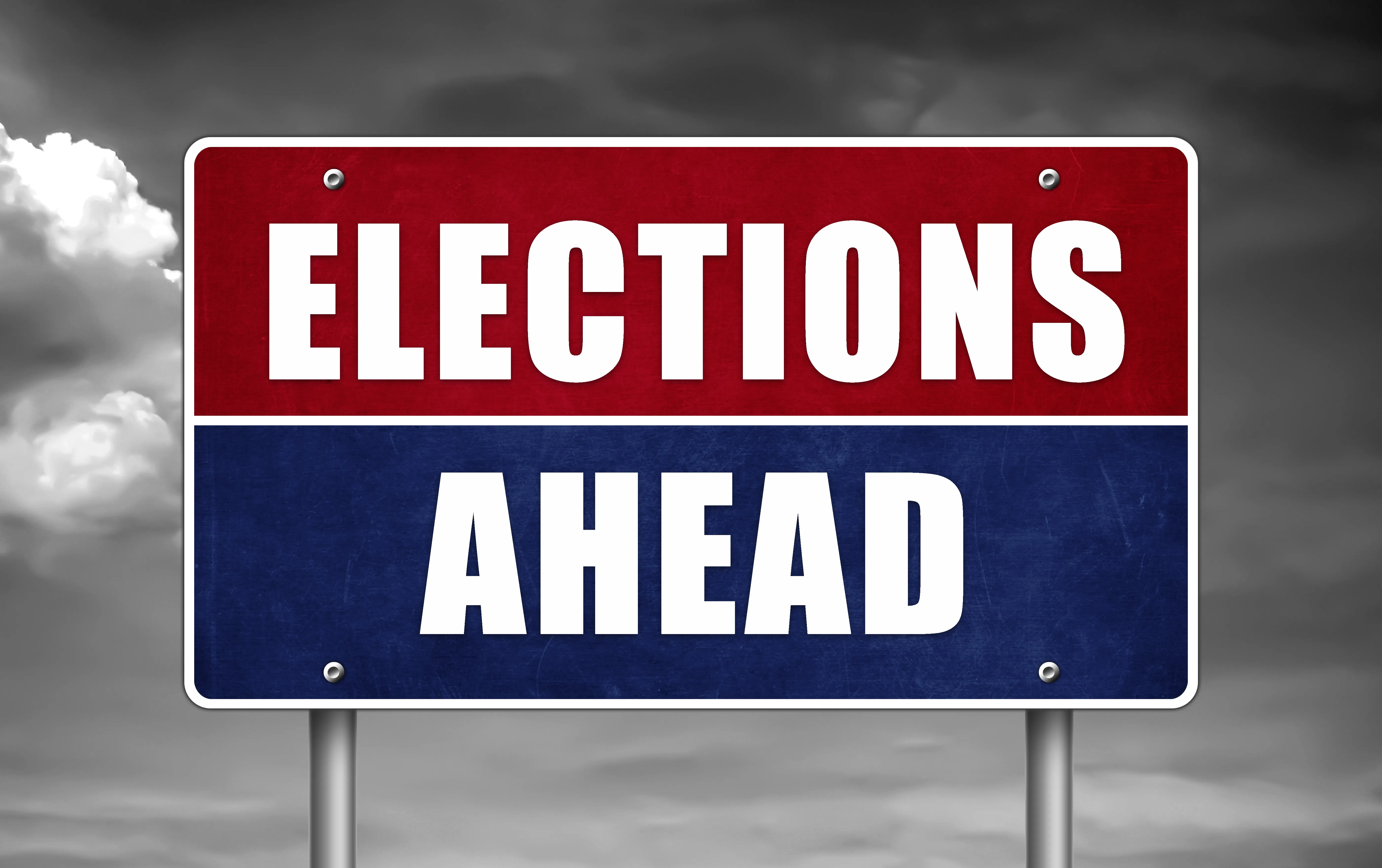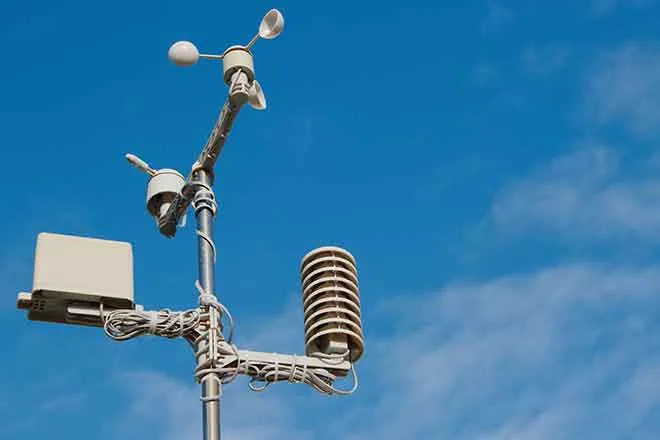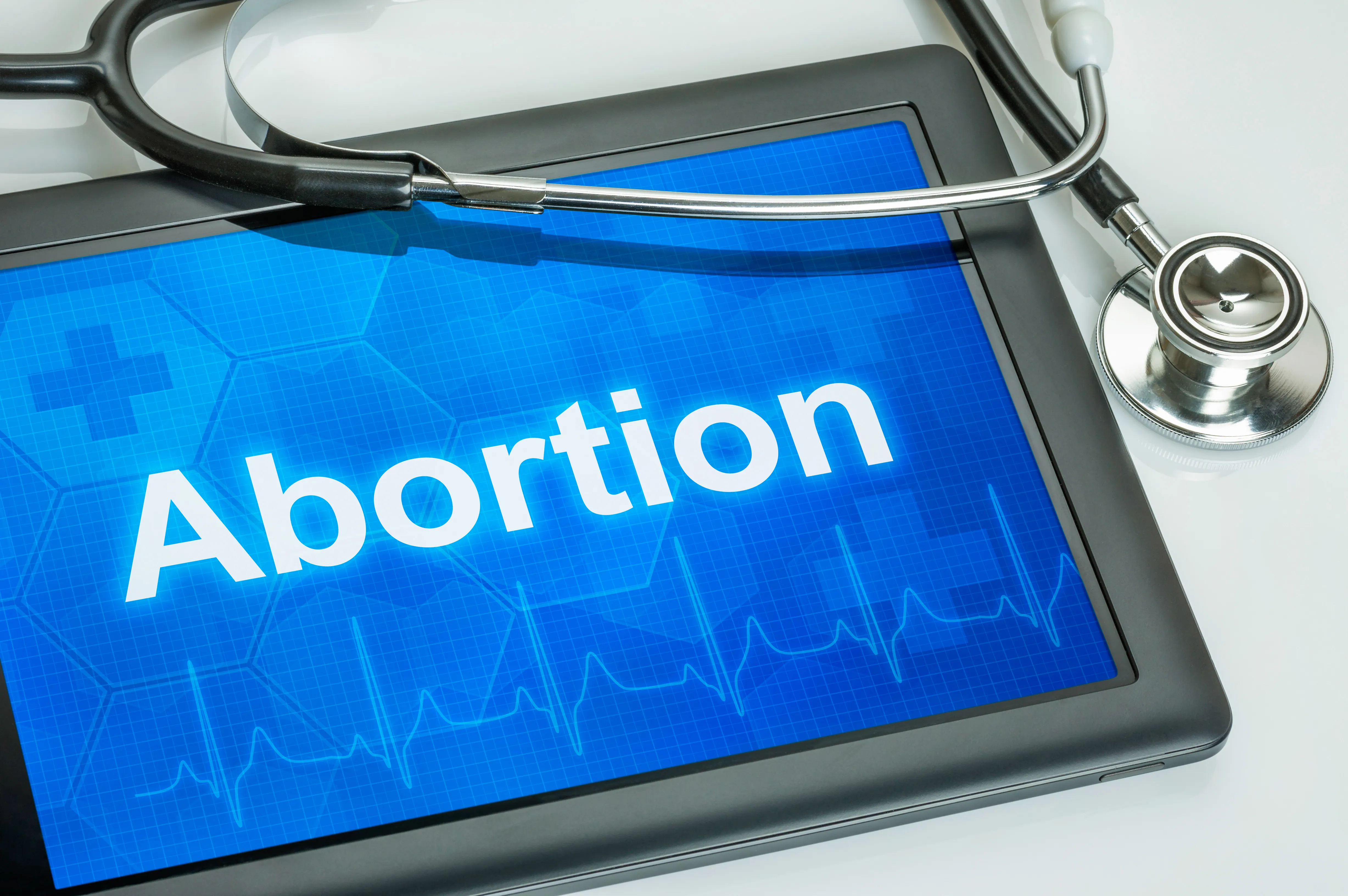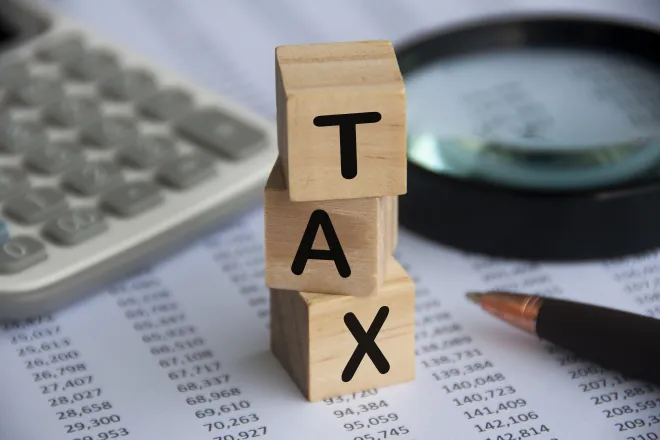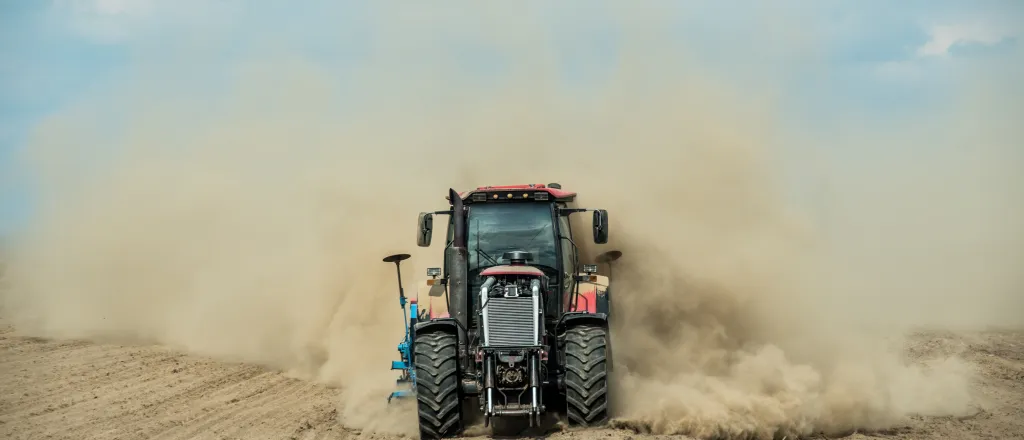
Drought deepens in Wyoming with an end 'difficult to predict'
(The Center Square) – As Wyoming sinks further into drought conditions, experts say there is no clear end in sight.
The most current U.S. Drought Monitor Map shows nearly 93% of the state in some sort of drought condition, from moderate to extreme, Tony Bergantino, acting director for the Wyoming Water Resources Data System at the Wyoming State Climate Office, said in an email to The Center Square.
More of the state has moved from "abnormally dry" into "moderate drought," including parts of central and far eastern Wyoming, he said. In north-central Wyoming, conditions have degraded from "moderate drought" to "severe drought."
“Conditions have continued to deteriorate, with just over a third of the state being in 'extreme drought' (D3) or worse now,” Bergantino said. “One-third is the greatest percentage of the state in D3 or worse since the week of Apr. 16, 2013 when we were coming out of the 2012-2013 drought.”
Conditions in neighboring states are also bleeding over into the Cowboy State, with four adjacent counties in Montana and Idaho designated by the U.S. Department of Agriculture (USDA) as "primary natural disaster areas." Wyoming already had several counties with this designation by May, and more were added in July, Bergantino said.
As the skies continue to withhold moisture, rivers and streams around the state are showing strain. Rivers, including the Snake River above Jackson Dam, are at or near record low flows, according to Bergantino.
“Low stream flows and low reservoir levels could result in warmer waters, having an impact on aquatic populations and also making areas more susceptible to algae blooms,” he said.
Other environmental impacts range from the obvious – increased chance of wildfires, to potential air quality concerns as a result of wind erosion from drier ground, he said.
And there is no real end in sight.
“Looking at three-month seasonal outlooks, it is not until the end of 2021 that we see Wyoming move out of the expectation of above normal temperatures and below normal precipitation, and even then we move more to a situation of uncertainty where there are even chances of above/below normal temperature/precipitation,” he said. “I do not see things improving markedly in the near term, though.”
Bergantino said it is very difficult to predict how long it will take to recover from this season of extreme dryness.
“There are so many unknowns, such as timing of its 'end' and then what sorts of precipitation do we see after we are out of the drought, i.e., do we see normal precipitation, above normal precipitation and for how long?” he said. “Some have looked at a cumulative departure from normal for precipitation and then see how much precipitation would be needed over various lengths of time to bring that departure back up to zero. Unfortunately it is not as simple as that, and simply having your precipitation balance come back to zero does not necessarily mean you have ‘recovered.’”
On top of that each region will recover at a varying rate, Bergantino said.

